6. Shockproof
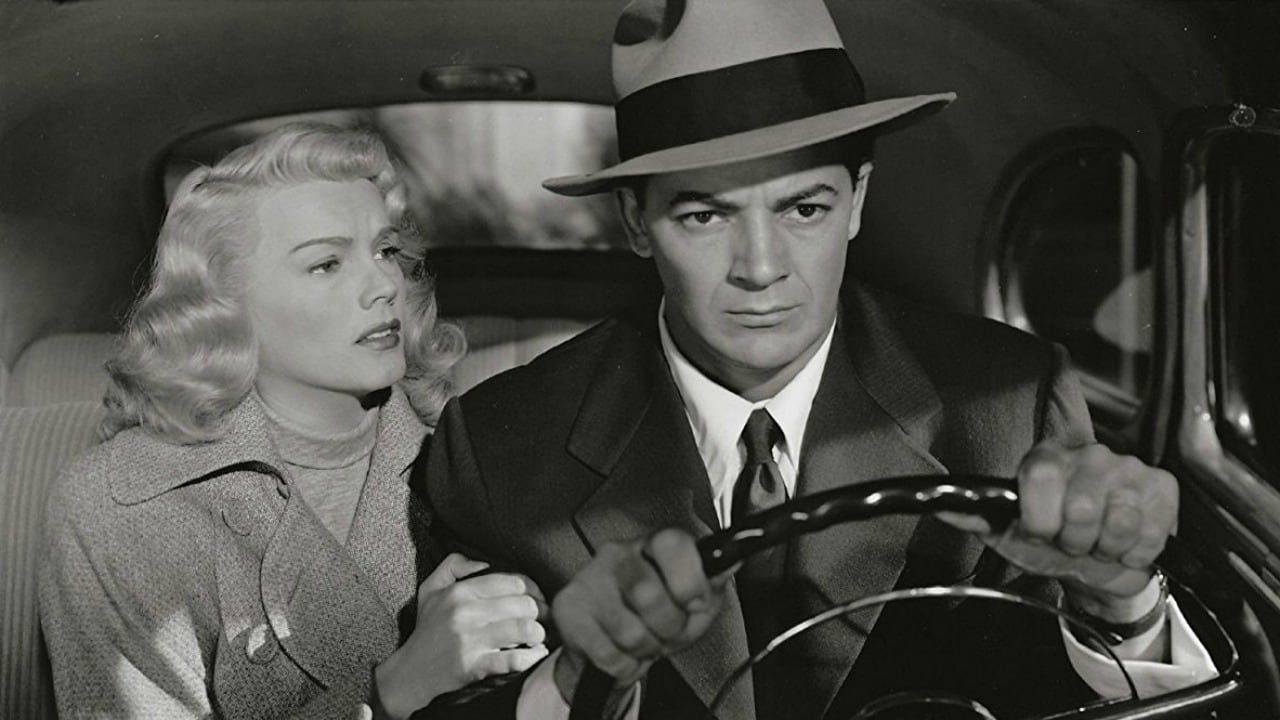
Shockproof (1949) was directed by the king of the melodrama, Douglas Sirk, with a screenplay by journalist-turned filmmaker Sam Fuller, and stars Cornel Wilde and Patricia Knight (who happened to be husband and wife when the film was made but divorced two years later in 1951).
The film tells the story of Griff, a parole officer, and Jenny, his parolee, who have fallen in love. Jenny, after being blackmailed, shoots her ex-boyfriend Harry. Then through a series of dramatic twists and turns, in typical noir fashion, they end up as fugitives in Mexico, with Griff working a job in an oil refinery. Their refuge in Mexico doesn’t last long, though, as both Jenny and Griff’s photos are featured in a local paper for all the neighbors to see. Finally, accepting their defeat, they go back to California to turn themselves in. Conveniently, Harry tells the police that the shooting was simply an accident and Jenny gets off scot-free.
The ending wasn’t supposed to be a happy one though, as anyone familiar with Fuller’s work would guess. Fuller originally intended for a much harsher ending, one that result with Griff and Jenny being separated. Unfortunately, screenwriter Helen Deutsch (National Velvet, Valley of the Dolls) was called in to help smooth out the pessimism in Fuller’s script, and to give it a more “Hollywood” ending, effectively ruining the last few minutes of the film.
Shockproof is certainly a fascinating film though. It’s interesting to see how Douglas Sirk’s noir skills would transfer to his later Technicolor melodramas of the 50s like All that Heaven Allows, Magnificent Obsession, Imitation of life, Written on the Wind, and Interlude.
Similarly, Samuel Fuller also grew into his own very distinctive style, whether it was one of his early crime dramas like Pickup on South Street (1953) or one of his later post-noir masterpieces like Underworld U.S.A. (1961) and The Naked Kiss (1964).
7. Chinese Roulette
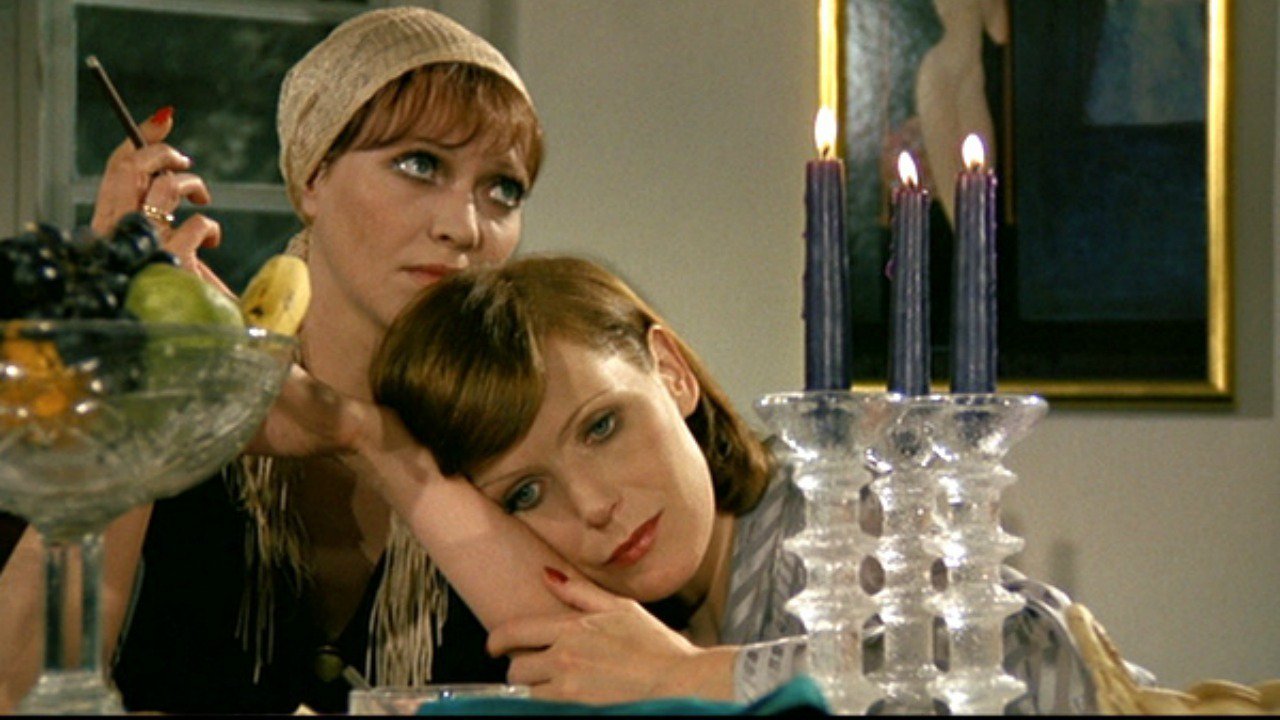
Between 1969 and 1982, German master Rainer Werner Fassbinder directed some 41 films. Many of those are considered masterpieces, like Ali: Fear Eats the Soul (which happens to be a loose remake of the aforementioned Douglas Sirk’s All That Heaven Allows) and the severely depressing Merchant of Four Seasons. Not all of his films are quite classics, though, and Chinese Roulette is an example.
The overall premise is captivating: a crippled teenage girl tricks both her mother, played by the beautiful Anna Karina, and father into going to their summer home with each of their lovers. Neither parents know the other will be there, leading to many strange and awkward interactions throughout.
But where does the film go from there? A great idea isn’t enough to carry a film, and in this case, bails out in the final act. In an incredibly rushed climax, the mother ends up shooting her daughter’s caretaker, though she actually wanted to shoot her daughter.
Lucky for the caretaker, it turns out to be a minor flesh wound. And that’s about it. It seems as though this film was unsure of how to end, or how to even arrive at the scene of climax. It’s a fairly short film, at only around 1 hr and 25, so one wonders why Fassbinder didn’t just take an additional ten or twenty minutes to fully develop the story before ending with such a scene.
However, many find Chinese Roulette to be a highlight in Fassbinder’s prolific filmography. In fact, when the late Scott Walker curated a selection of films for BFI in 2000, he included Chinese Roulette on his list.
8. The Man Who Wasn’t There
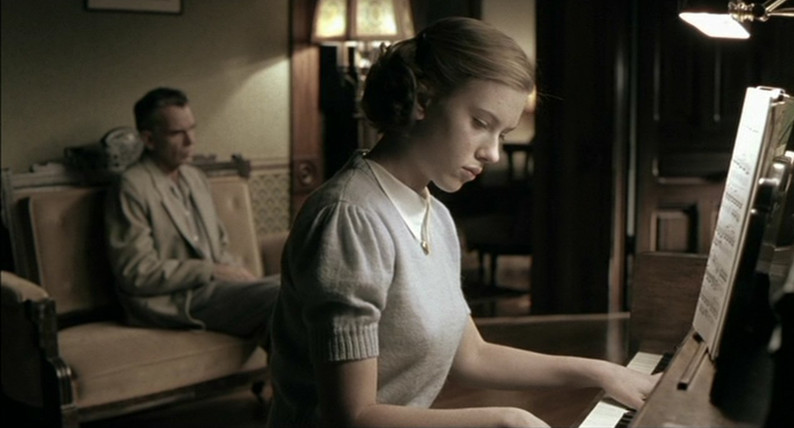
Though the Coen Brothers’ 2001 film The Man Who Wasn’t There is arguably the most authentic American neo-noir film, a scene in the ending was questionable and was most likely intended to completely throw the viewer off.
Prior to his execution, Billy Bob Thornton’s character looks up outside the jail, only to see a UFO in the sky. He proceeds to the electric chair, contemplates his life and death, then dies. The film ends.
The Man Who Wasn’t There truly is a great film, and this small moment in the final scene shouldn’t take away from the film’s quality. The image of the UFO is without a doubt meaningful but takes away from the authenticity of the film’s noir atmosphere.
9. The Florida Project
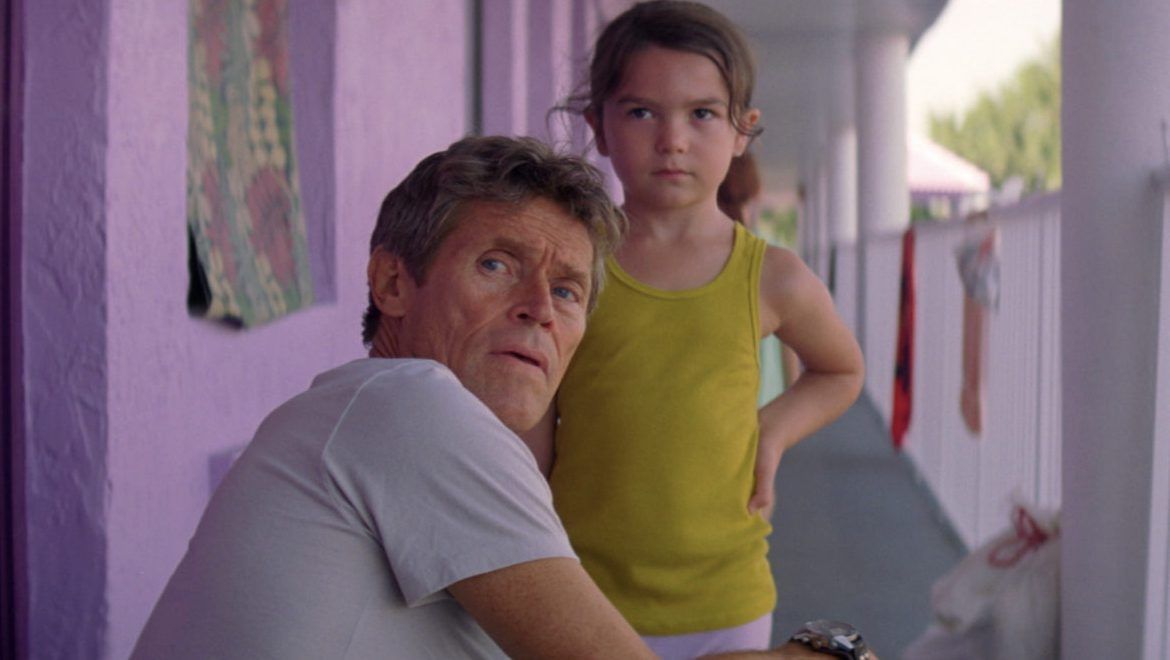
Being the most recent film on the list, the ending of Sean Baker’s The Florida Project (2017) didn’t suffer the same old-Hollywood script butchering that Fritz Lang and Sam Fuller endured throughout their careers. Because it was an indie film (produced by a24), Baker had far more freedom. He could’ve ended his film any way he wanted to, no matter how pessimistic or painfully realistic.
Shouldn’t a film like The Florida Project, one that explores the heartbreaking but true side of poverty that isn’t often shown, be one that is deeply rooted in realism? And it is, at least until the ending. The film is a gritty, unromantic look at a single mother and a young child living in a motel. The mother is incredibly selfish and negligent, but the viewer sympathizes with her to some degree, seeing their living situation.
But, in the final minutes of the movie, right as the young daughter is about to be taken away by DCFS, she retrieves one of her motel friends and the two kids run. Where do they run off to? Disney World. A land of fantasy, dreams, and happiness. Heaven on Earth for any child under the age of 10.
The quality of this ending simply depends on the viewer’s interpretation of it. If one takes it at face value, Baker chose to give his characters a happy ending- an escape from their impoverished lives, which is ideal, but extremely unrealistic.
On the other hand, if one sees this as a figment of the girl’s imagination, the ending suddenly becomes very powerful. She cannot deal with the world around her, with the loss of her mother, with the constant changes in her life. So, she slips away into another world, a total fantasy. And on that note, the film ends.
Looking into these two different interpretations almost makes it seem as though there are two completely different endings. It all depends on how one chooses to look at it.
10. The Bad and the Beautiful
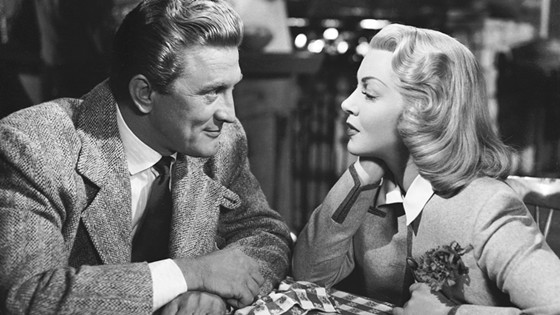
Vincente Minnelli’s acclaimed classic The Bad and the Beautiful (1952) has the makings of a great movie: an exceptional cast, a masterful director, great dialogue and cinematography. But where is the story?
The film begins with an actress, a writer, and a director in the office of a studio executive. The executive tries to convince the three of them to give a producer (Kirk Douglas) another chance. Through a series of flashbacks told by those characters, the story follows a film producer, played by Kirk Douglas, in the eyes of those around him. An increasingly negative image of Douglas is built up and at the end of the film, they ultimately decide they do not wish to work with him again.
Because of that, the film doesn’t have much of a plot. The ending is disappointing, it causes the 2 hours of flashbacks to fall flat and create an ultimately ineffective finale. Was the entire purpose of this film really to show multiple flashbacks of an unlikable producer? In that case, it’s a fantastic character study. But The Bad and the Beautiful fails at any kind of narrative or story.
This film is valuable, though, for its historically significant portrayal of the old Hollywood system, something that exists today only in stories and films. Plot or no plot, it is a true relic of a bygone era.